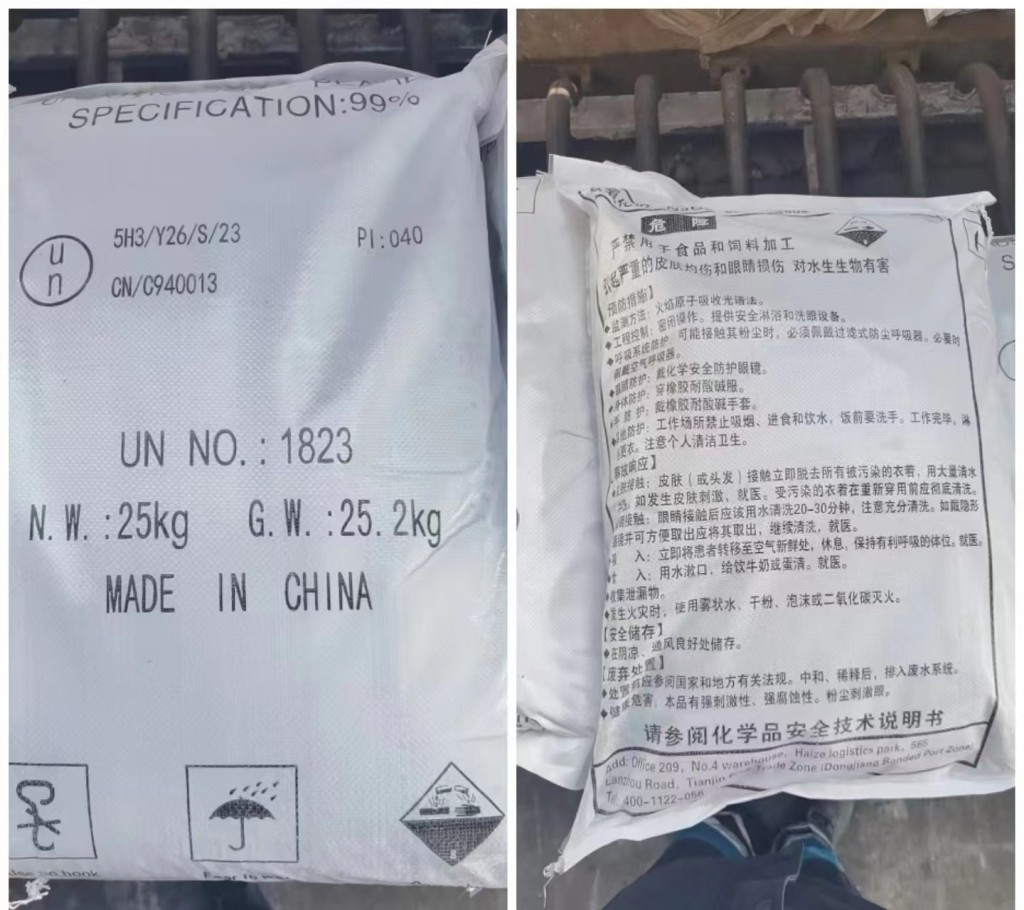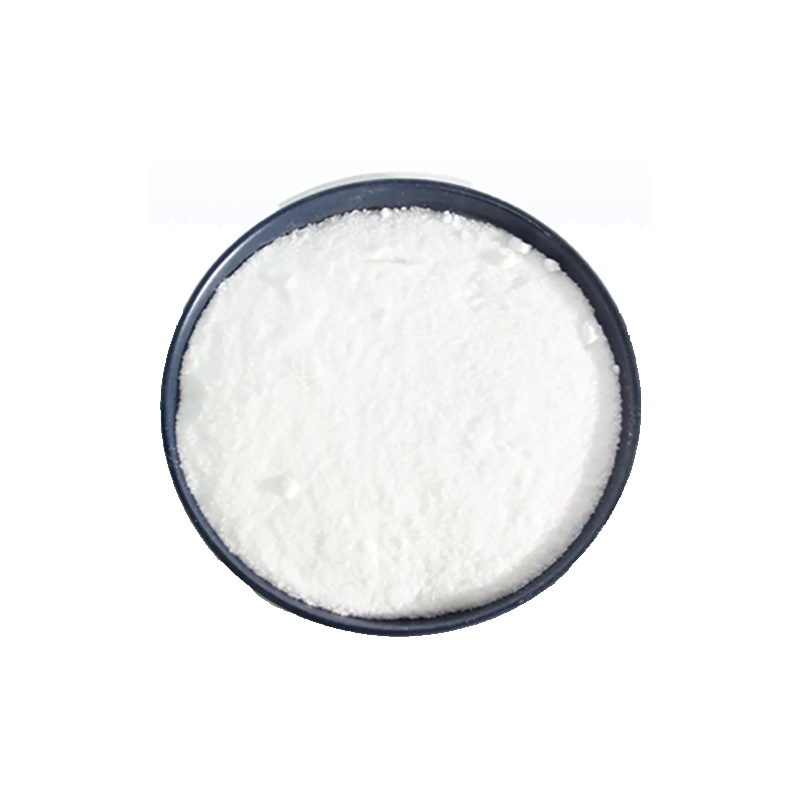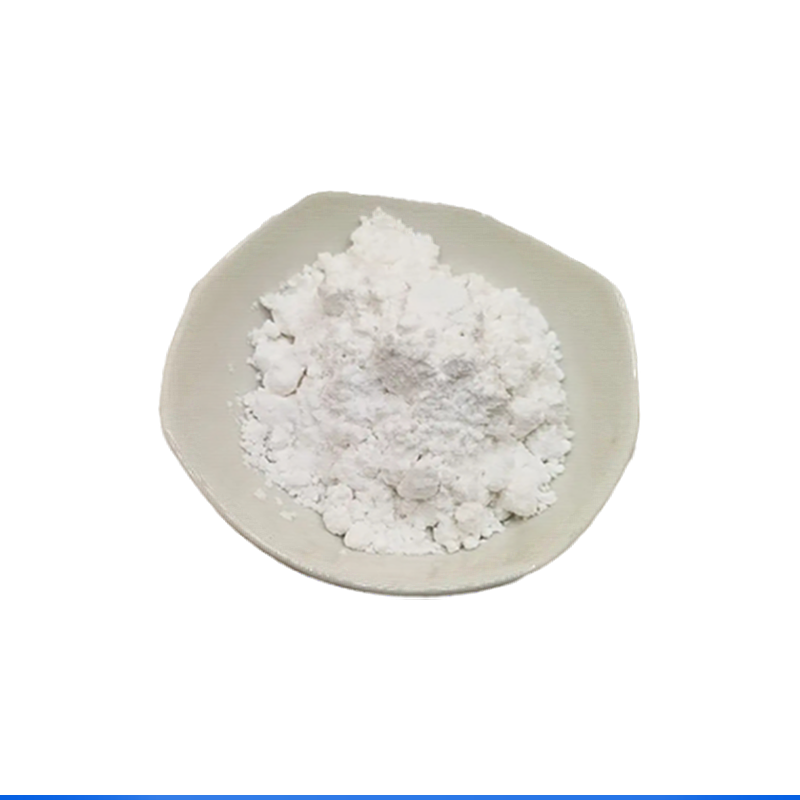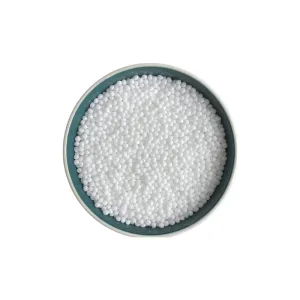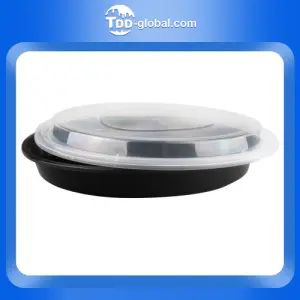Plastic types and their challenges : Topsoe
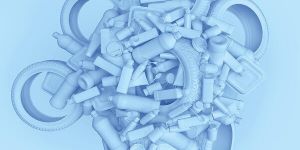
The merits of plastic are well known: it is versatile, durable, cheap, light, and strong. However, its impact on the environment is also evident in our oceans, our landfills, and our atmosphere.
So what if plastic — long chains of carbon built from small building blocks repeated over and over again — could be reused as a raw material… over and over again?
That is exactly what advanced chemical recycling, such as our PureStep™ solution, offers: the chance to reuse mixed waste plastic as feedstock for steam crackers. The plastic is converted via a liquefaction process (pyrolysis or hydrothermal liquefaction) to an oil. This oil is then purified before it can be used as feedstock for a new, circular plastic product.
In doing so, the polymers and plastics industry can supplement existing mechanical recycling processes to turn waste into a valuable product. In addition, it is possible to create medical and food grade plastics.
Which is fantastic news, but what are the types of plastic that can be realistically transformed with chemical recycling technologies?
7 plastic types and 7 different possibilities
1. High-Density Polyethylene (HDPE)
Example: Milk carton
Mechanically recycled annually: 30-35%
Steam cracker feedstock potential: Very high
2. Low-Density Polyethylene (LDPE)
Example: Grocery bag
Percentage recycled annually: 6%
Steam cracker feedstock potential: Very high
3. Polypropylene (PP)
Example: Disposable diaper
Percentage recycled annually: 3%
Steam cracker feedstock potential: High
4. Polystyrene (PS or PSE)
Example: Takeout container
Percentage recycled annually: 34%
Steam cracker feedstock potential: Medium
5. Polyethylene Terephthalate (PETE or PET)
Example: Beverage bottle
Mechanically recycled annually: 36%
Steam cracker feedstock potential: Limited
6. Polyvinyl Chloride (PVC)
Example: Inflatable pools
Mechanically recycled annually: < 1%
Steam cracker feedstock potential: Limited
7. Other (PMMA, ABS, PC, PTFE)
Example: Hub cap from a car
Percentage recycled annually: Low
Steam cracker feedstock potential: Currently difficult to process
Polymer potential
There is a huge variation within polymers. And this variation means they can behave differently when being hydrotreated.
Polyolefins such as PE and PP are well suited for pyrolysis and the resulting oil will make a great feedstock for steam crackers after hydroprocessing. Moderate levels of PS and limited levels of other types of plastics can also be tolerated in the feedstock mixture.
What does this mean? There is a massive opportunity to boost current recycling rates, particularly for PE and PP. This possibility brings understandable excitement, so let us discuss how we can make it a reality.
Sorting the unsorted
Plastic waste is rarely uniform. In real life, the plastics will not be neatly sorted into the seven types above. Often, different polymers will be mixed in together and it is not economically viable to sort it further.
If you have mixed plastic, this impacts how the oil can be hydrotreated. Some plastics are already commonly recyclable, while others such as PVC can only be handled up to a certain percentage.
PVC is high in chlorine and that offers challenges for both pyrolysis and hydrotreatment. This is because when processed, it forms hydrochloric acid. That is not a problem while it is a gas but the moment it meets water or forms salts, it is corrosive. Dedicated solutions are therefore necessary to handle chlorine rich steams.
Most plastic contains additives to improve properties or appearance. This means that compared to fossil oil, there is a multitude of potential new contaminants in the plastic-derived oil. So, when designing a unit and choosing your feeds, all these differences and extra elements must be considered.
Feedstock feedback
Technology and expertise in this emerging field is developing all the time.
It is important to learn what we can as we ramp up advanced chemical recycling technology to help answer society’s waste problems. This means collaborating to share experience with each other and build on what we already know.
At Topsoe, we are in front when it comes to R&D and hands-on knowledge. We are already in action in an industrial setting, enabling companies to accept real-life plastic waste which inevitably contains a mixture of the different, challenging feedstocks we discuss above. The progress we are making should bring hope to us all.
Recommended Suppliers
 June 3, 2024
June 3, 2024  June 3, 2024
June 3, 2024  June 17, 2024
June 17, 2024  June 18, 2024
June 18, 2024  June 18, 2024
June 18, 2024 

